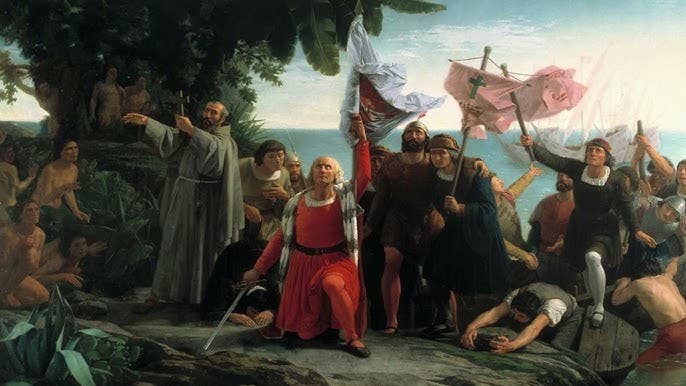The surprising connection between the dung beetle and satellite navigation systems
Australian engineers are using the dung beetle’s unique ability to navigate by the Milky Way to develop an AI sensor

Dung beetles use the Milky Way at night to navigate. Engineers have used the same technique to develop an AI sensor for navigation in low light.
(CREDIT: University of South Australia)
An insect species that evolved 130 million years ago has become the inspiration for cutting-edge advancements in drone, robot, and satellite navigation systems.
This species, the dung beetle, is unique in its ability to navigate using the Milky Way as a guide at night. It focuses on the constellation of stars to roll balls of dung in a straight line, avoiding competitors.
A decade ago, Swedish researchers discovered that the dung beetle relies on the Milky Way for nocturnal navigation. Now, Australian engineers are developing an AI sensor based on this same technique, hoping to create a system that can accurately measure the orientation of the Milky Way in low-light conditions.
Professor Javaan Chahl, a remote sensing engineer at the University of South Australia (UniSA), leads this project along with his team of PhD students.
Using computer vision, they’ve shown that the broad stripe of light from the Milky Way remains unaffected by motion blur—unlike individual stars, which can become blurred by movement. This discovery forms the foundation for a navigation system modeled after the dung beetle’s behavior.
“Nocturnal dung beetles move their head and body extensively while rolling balls of manure across fields, so they need a fixed point of orientation in the night sky to help them steer in a straight line,” explains Prof. Chahl. “Their tiny compound eyes make it difficult to distinguish individual stars, especially when in motion. But the Milky Way is highly visible and offers them a clear guide.”
Related Stories
To replicate this method, the researchers conducted experiments using a camera mounted to a vehicle's roof. The camera captured images of the Milky Way while the vehicle was both stationary and moving.
From these images, the team developed a computer vision system capable of reliably measuring the orientation of the Milky Way. This system is a crucial first step toward creating navigation technology that mimics the beetle's method.
The team's findings have been published in the journal Biomimetics. According to UniSA PhD candidate Yiting Tao, the orientation sensor they've developed could serve as a backup for stabilizing satellites and aiding drones and robots in low-light environments. "For the next step, I want to put the algorithm on a drone and allow it to control the aircraft during night flights," says Tao.
Many insects, including wasps, dragonflies, honeybees, and desert ants, use the sun to navigate during the day. At night, the moon provides a reference point for some nocturnal insects, but it’s not always visible. This is where the dung beetle’s reliance on the Milky Way comes in—offering a stable point of reference when other celestial bodies are not present.
Insect vision has long fascinated engineers, especially when it comes to navigation systems. “Insects have been solving navigational problems for millions of years, including those that even the most advanced machines struggle with," says Prof. Chahl. "And they’ve done it with a tiny brain. Insects’ brains contain tens of thousands of neurons compared to the billions in human brains, yet they still manage to find brilliant solutions.”
This research could revolutionize how we think about navigation technology in environments where traditional methods fail. By looking to nature, scientists are uncovering novel approaches to problems that machines often struggle to solve—just as the dung beetle has done for millennia.
Note: Materials provided above by The Brighter Side of News. Content may be edited for style and length.
Like these kind of feel good stories? Get The Brighter Side of News' newsletter.
Joshua Shavit
Science & Technology Writer | AI and Robotics Reporter
Joshua Shavit is a Los Angeles-based science and technology writer with a passion for exploring the breakthroughs shaping the future. As a contributor to The Brighter Side of News, he focuses on positive and transformative advancements in AI, technology, physics, engineering, robotics and space science. Joshua is currently working towards a Bachelor of Science in Business Administration at the University of California, Berkeley. He combines his academic background with a talent for storytelling, making complex scientific discoveries engaging and accessible. His work highlights the innovators behind the ideas, bringing readers closer to the people driving progress.



